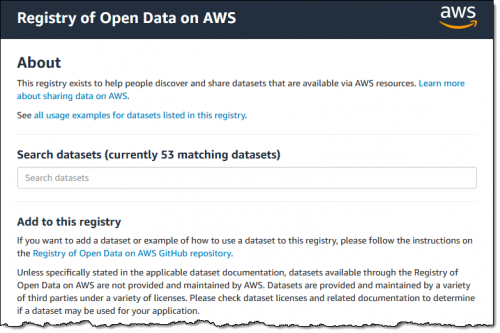MySQL 8.0 has been released and it brings the following new features, enhancements, and more:
- SQL Window functions, Common Table Expressions, NOWAIT and SKIP LOCKED, Descending Indexes, Grouping, Regular Expressions, Character Sets, Cost Model, and Histograms.
- JSON Extended syntax, new functions, improved sorting, and partial updates. With JSON table functions you can use the SQL machinery for JSON data.
- GIS Geography support. Spatial Reference Systems (SRS), as well as SRS aware spatial datatypes, spatial indexes, and spatial functions.
- Reliability DDL statements have become atomic and crash safe, meta-data is stored in a single, transactional data dictionary. Powered by InnoDB!
- Observability Significant enhancements to Performance Schema, Information Schema, Configuration Variables, and Error Logging.
- Manageability Remote management, Undo tablespace management, and new instant DDL.
- Security OpenSSL improvements, new default authentication, SQL Roles, breaking up the super privilege, password strength, and more.
- Performance InnoDB is significantly better at Read/Write workloads, IO bound workloads, and high contention “hot spot” workloads. Added Resource Group feature to give users an option optimize for specific workloads on specific hardware by mapping user threads to CPUs.

